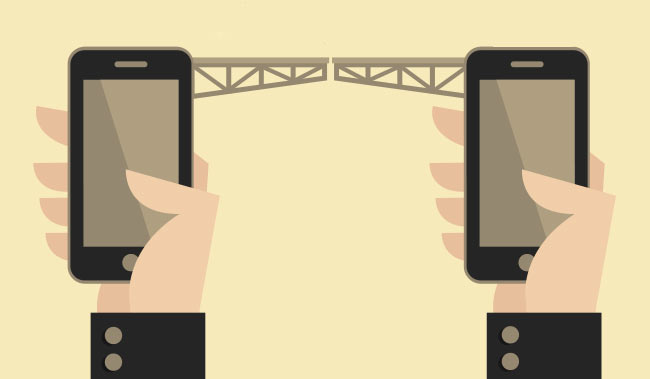9th September 2025

Vonage explores the critical differences between call transferring and call forwarding, and shows you exactly how to handle every type of transfer, warm or cold, on any device, with clear steps and professional etiquette that keeps customers happy and teams aligned.
Transferring a call might sound simple – press a button and send it to the right person.
But in practice, especially in a business setting, it’s an art backed by clear processes, etiquette, and the right technology.
Find the difference between call transferring and call forwarding, when to use warm vs. cold transfers, step-by-step transfer instructions by device (including landlines, office or desktop phones, mobile, and VOIP Systems), and professional etiquette that turns routine calls into excellent customer experiences.
In fast-moving organizations, every call is an opportunity, to solve a problem, retain a customer, or close a deal. But when calls are mishandled, transferred to the wrong person, or dropped mid-transfer, the impact is immediate: frustrated customers, wasted time, lost revenue, and damaged credibility.
These breakdowns can make even the most capable business seem disorganized.
By contrast, efficient call transferring can improve every aspect of communication:
The good news? With the right training and the right tools, your team can master call transferring and turn every call into a smooth, successful experience.
Before we dive into the how, let’s define call transferring vs call forwarding:
Transferring a call ensures your customers get the help they need from the right person, as quickly and smoothly as possible.
Here’s what makes a good transfer valuable:
Transferring calls might seem like a routine task, but when done right, it brings meaningful advantages to your business and your callers:
When you transfer a call, you ensure the caller reaches someone who can effectively assist them. This means they receive the correct information or solution without unnecessary redirections.
Transferring a call to someone already prepped on the issue saves the caller from having to repeat their entire story. This streamlines the process and reduces frustration for the caller.
Getting to the right person quickly makes callers feel valued and taken care of. Satisfied customers are more likely to return and recommend your services to others.
Transferring calls helps keep everything running smoothly by sending calls to the right departments. It means everyone’s doing their job, and no one’s getting overwhelmed.
There are two main ways you can transfer calls – either as a warm transfer or a cold transfer. Here’s what they both mean:
A warm transfer just means you introduce the caller to the person you’re transferring them to.
When you receive a call, you first speak with the caller to determine if they need to be transferred to another person.
If a transfer is necessary, you place the caller on hold. While they’re on hold, you contact the person who should take over the call to check their availability.
During this time, you can provide a brief overview of the caller, including their name, the company they are calling from, and the purpose of their call. If the recipient is available and ready, you then transfer the call to their extension.
A cold transfer, also known as a “blind transfer,” is when you send the call directly to someone else without checking their availability.
Cold transfers are faster and easier for you. Just press the transfer button and off it goes. But there are some drawbacks. The caller may need to repeatedly explain their issue to different people, which can be frustrating.
Another problem with cold transfers is if the call goes to someone who isn’t available, the caller might end up in voicemail.
Nobody likes leaving a voicemail when they need help right now. This can make customers pretty unhappy and give your business a bad reputation.
Now that we’ve covered the different ways to transfer calls, let’s get into the nuts and bolts of how to actually do it.
The exact steps will vary depending on your call centre system, but the general process is pretty similar no matter what platform you’re using.
Here’s how to transfer a call, no matter your device:
Transferring a call on a cell phone typically involves using the phone’s built-in call management features. The process may vary slightly depending on the make and model of your phone, as well as your carrier.
Reviewed by: Robyn Coppell